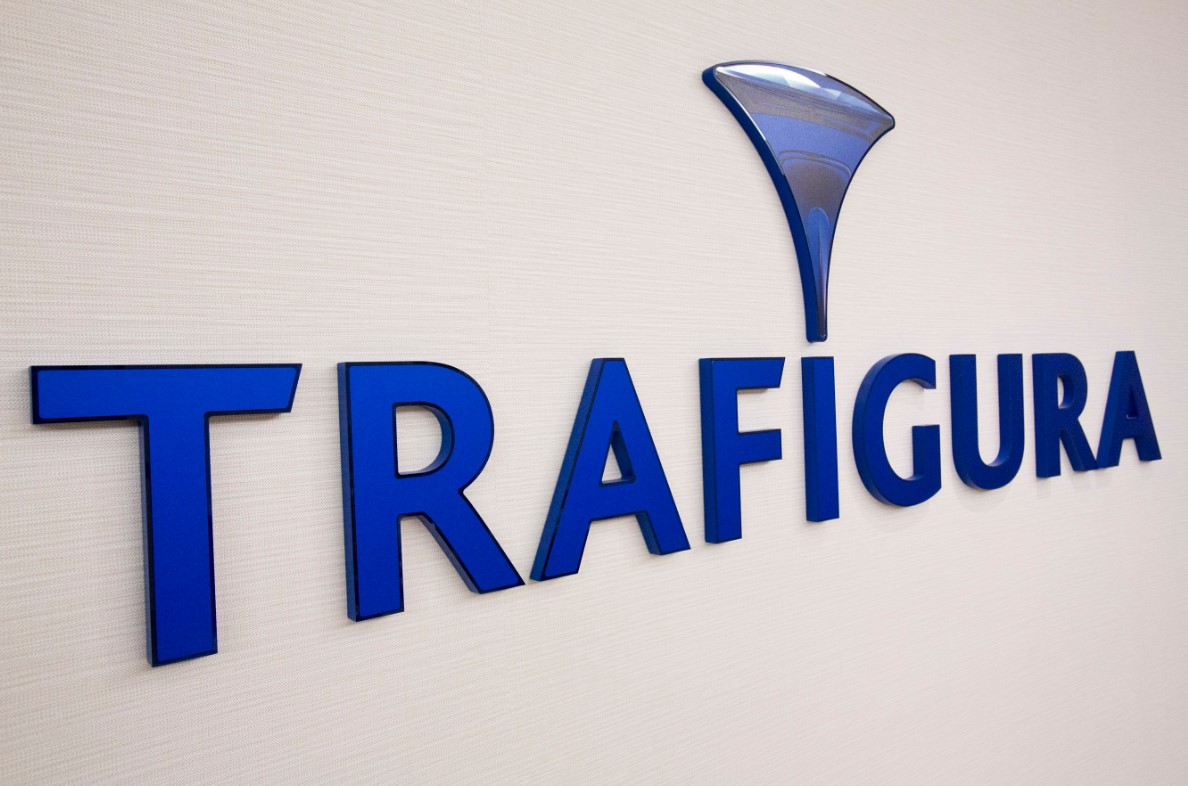Commodity trader Trafigura said that its LNG volumes dropped about 7.1 percent in the fiscal year ending September 30 while the company’s profit more than doubled.
LNG volumes declined to 13 million tonnes compared to 14 million tonnes during the same period last year, Trafigura said in its annual report.
However, the Geneva-based trader reported a profit of $7 billion, compared to $3.1 billion in 2021, while its revenues increased by 38 percent to $318.4 billion.
The total volume of commodities traded in 2022 was lower year-on-year.
Trafigura attributed this to a reduction in oil and petroleum products volumes in the second half of the financial year, driven by the termination of long-term contracts for Russian crude oil and products in light of international sanctions.
Also, the volumes dropped due to reduced availability of hedging in derivatives markets used to manage price risk, and a decision to focus on higher-margin opportunities, it said.
Trafigura traded an average of 6.6 million barrels of oil and petroleum products per day in the financial year 2022, compared to the daily average of 7.0 million barrels in 2021.
“At a divisional level, our oil and petroleum products teams performed exceptionally well, adapting quickly to changing trade flows and identifying supply bottlenecks where our operations could add value in markets including crude oil, distillates and in particular in LNG, where we navigated policy, price volatility, market liquidity and increasingly complex logistics to deliver a larger number of cargoes to Europe to help offset the decline in Russian gas flows,” CEO Jeremy Weir said in the report.
US LNG supplies to Europe
Trafigura recently said it would supply LNG from the US to Germany under a new deal.
The trader entered into a $3 billion four-year loan to supply gas to German gas trader Sefe, previously known as Gazprom Germania.
Trafigura is one of the world’s largest independent LNG traders and previously signed offtake deals with US LNG producers Cheniere and Freeport but it also works in the spot market.
“Using our network of leased pipelines, we were able to carry gas from the Permian Basin, which straddles West Texas and southeastern New Mexico, to liquefaction plants on the coast, then across the Atlantic to deliver it to our regasification slots in Europe,” the trader said in the report.
“From here, our LNG and natural gas team was able to trade and deliver the molecules to where they were needed. In many instances, the gas went into leased storage ahead of the winter,” Trafigura said.
Trafigura said this cohesive approach allows the firm to increase efficiencies, reduce costs and meet demand wherever it appears in the supply chain.
“Of course, the year was not without its challenges. The sharp increase in margining requirements by futures exchanges and clearing brokers substantially increased the cost of moving physical cargoes, which reduced liquidity in both physical and financial markets and exacerbated volatility,” it said.
Trafigura said the explosion at the Freeport LNG terminal, where the company has an offtake agreement, removed LNG and significant flexibility from the company’s portfolio at a time when the market needed them most.
“However the size and scale of our operations meant that we were able to substantially mitigate any issues for our end buyers relating to the lost Freeport volumes and we continued to ensure safe and reliable LNG supply,” it said.
Europe will need to import “huge volumes” of LNG in 2023
Looking forward, Trafigura expects gas and LNG markets to remain volatile.
“While Europe should avoid a blackout this winter by drawing on inventories and cutting demand, it will need to import huge volumes of LNG in 2023 given the massive reduction in flows from Russia,” Trafigura said.
“For LNG to continue to flow to Europe as opposed to other demand centers, the price will need to remain elevated and we expect security of supply to remain paramount for customers in Europe through next winter and beyond,” the trader added.

